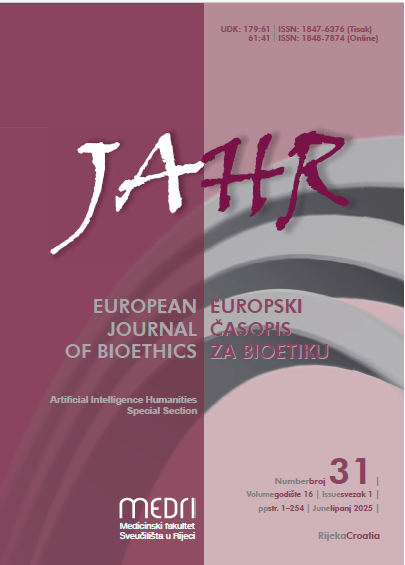Information asymmetry in social policy towards people with blindness and visual impairment
Keywords:
information asymmetry, social policy, social care, healthcare, people with blindness and visual impairmentAbstract
https://doi.org/10.21860/j.16.1.1
Information asymmetry is a term that describes the unequal distribution of information between two or more actors that, depending on the context in which it occurs, leads to inefficiency, mistrust and, in extreme cases, deception when one party (participant in the relationship) exploits an information advantage over the other. The description of the concept of information asymmetry in social policy towards people with blindness and visual impairment creates a framework in which it is possible to observe and recognize difficulties in the provision of information and the use of rights and services in social and health care. Due to the occurrence of information asymmetry, people with blindness and visual impairment are in a disadvantaged position, as they are not sufficiently informed about services and opportunities for additional social and health care and therefore do not perceive the services as such, which contribute to their development and improvement of living conditions. The aim of this paper is to provide an overview of the relevant literature and to update the occurrence of information asymmetry in the area of the above-mentioned systems and policies. The paper addresses three key aspects of information asymmetry for people with blindness and visual impairment: the impact on people with blindness and visual impairment, the role of experts and the factors that make it difficult for them to reach their professional standards in the field of information, and, finally, the aspect of social policy and opportunities for policy development.
Downloads
Published
Issue
Section
License
Authors who publish with this journal agree to the following terms:
- Authors retain copyright and grant the journal right of first publication with the work simultaneously licensed under a Creative Commons Attribution License that allows others to share the work with an acknowledgement of the work's authorship and initial publication in this journal.
- Authors are able to enter into separate, additional contractual arrangements for the non-exclusive distribution of the journal's published version of the work (e.g., post it to an institutional repository or publish it in a book), with an acknowledgement of its initial publication in this journal.
- Authors are permitted and encouraged to post their work online (e.g., in institutional repositories or on their website) prior to and during the submission process, as it can lead to productive exchanges, as well as earlier and greater citation of published work (See The Effect of Open Access).



